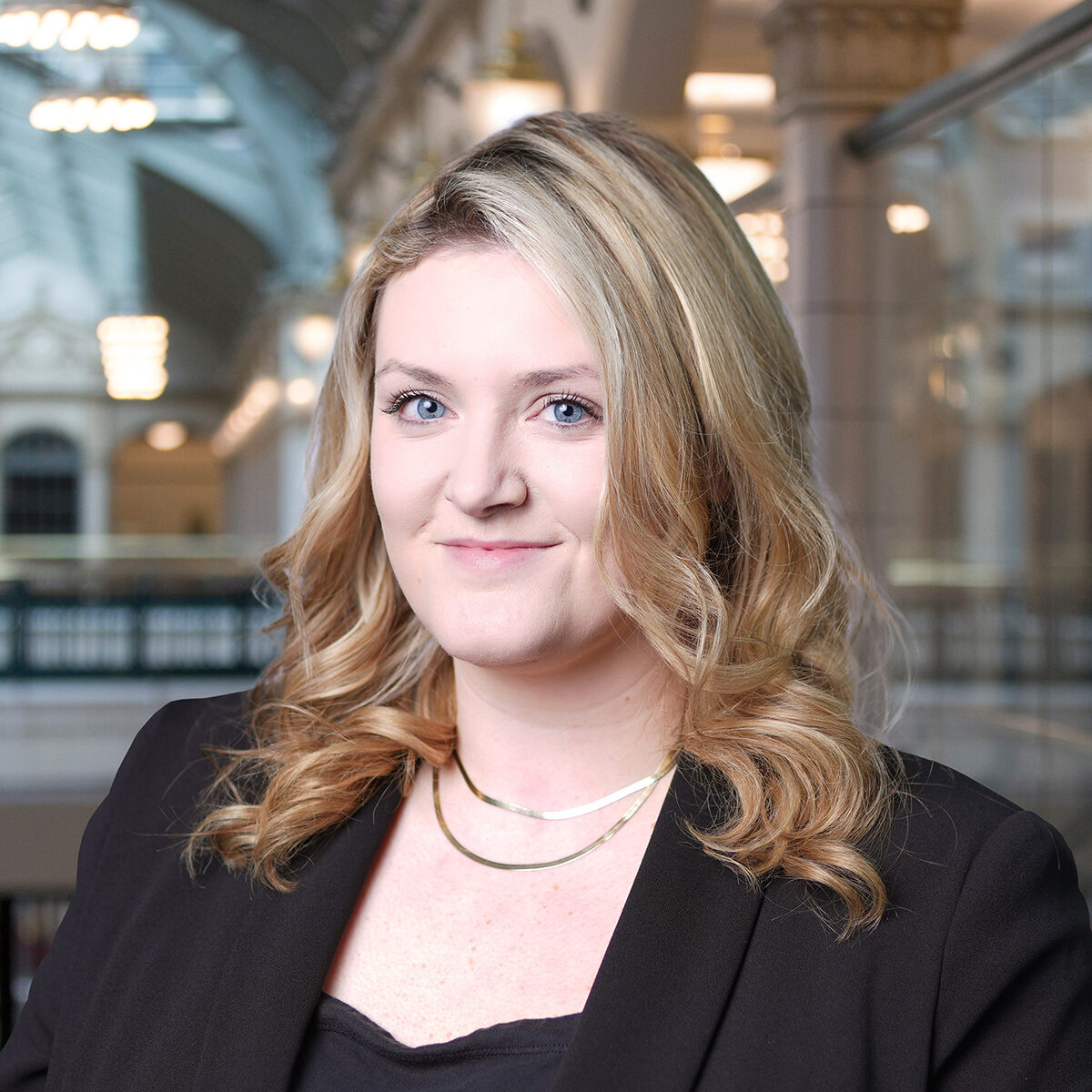New Projects Reshape Green Bay’s Urban Landscape
Green Bay and the Fox Cities have seen significant growth and development over the past years but are still pressing on when it comes to addressing housing needs in northeast Wisconsin.
Last week, Green Bay officials broke ground on what will be its largest housing development in the city’s east side. The project calls for 200 single-family and multi-family homes and new infrastructure such as new streets, said Amaad Rivera-Wagner, the chief of staff for Green Bay Mayor Erich Genrich’s office.
The unnamed project is the latest example of the city taking on housing gaps. In 2020, Green Bay found it needed between 3,314 to 7,441 rental units and 4,052 to 9,098 owner-occupied units, respectively, to keep up with demand for the next 20 years, according to a study. To fill in the gaps, the city will have to build between 140 to 310 rental units and 170 to 375 single-family units each year.
City officials said the development is meant to tackle the “missing middle” of housing by building triplexes, duplexes, town homes and small apartments. Gorman & Company, based in Oregon, Wis., is building two apartment buildings and Revel49, a developer based in Milwaukee, is working on multigenerational townhomes.
The project is for residents who make up 80-120% of the area median income, Rivera-Wagner said. In Green Bay, the median income is around $55,000. The target number accounts for more than half of the city’s population, he added.
“Working people in this community often spend most of their money on housing and we want to make sure if you’re working, that you still have the ability to rent or own in our community,” Rivera-Wagner added.
At its full potential, the project is expected to spread across 26 acres of previously undeveloped farmland previously owned by local employer JBS Foods Group. The first phase of construction involves the city building infrastructure and streets as an incentive for its private partners. The city and Gorman are still in talks over a development agreement.
The first residents should be able to move in the summer of 2025 and another phase with single family homes will start in 2026. The overall project is expected to take five years.
The city is investing $14 million in the first phase with the help of state and federal grants, Rivera-Wagner said. The project is expected to shoot past $30 million in future property values.
That’s just the beginning when it comes to projects in and around the Green Bay area. Matthew Buchanan, the deputy development director for the city of Green Bay, said the city has transformed its riverfront, downtown and Broadway areas since he started seven and a half years ago years ago, and more construction is still happening.

